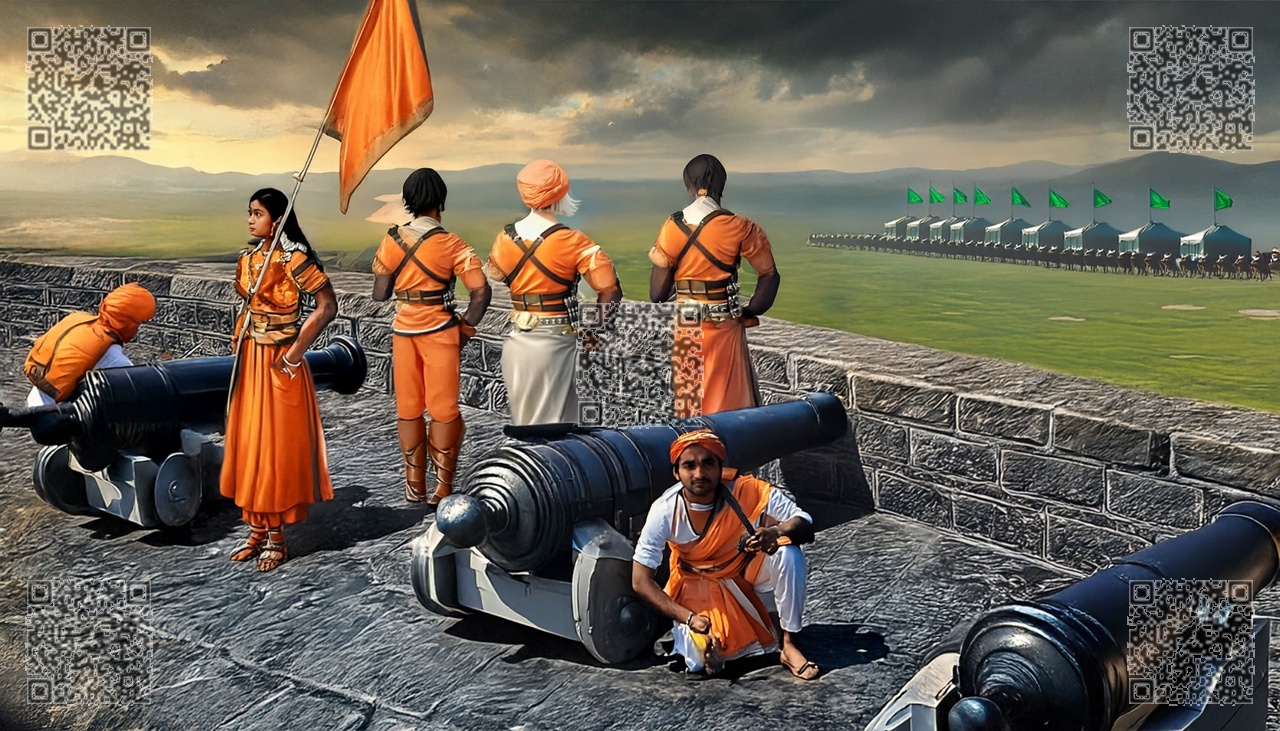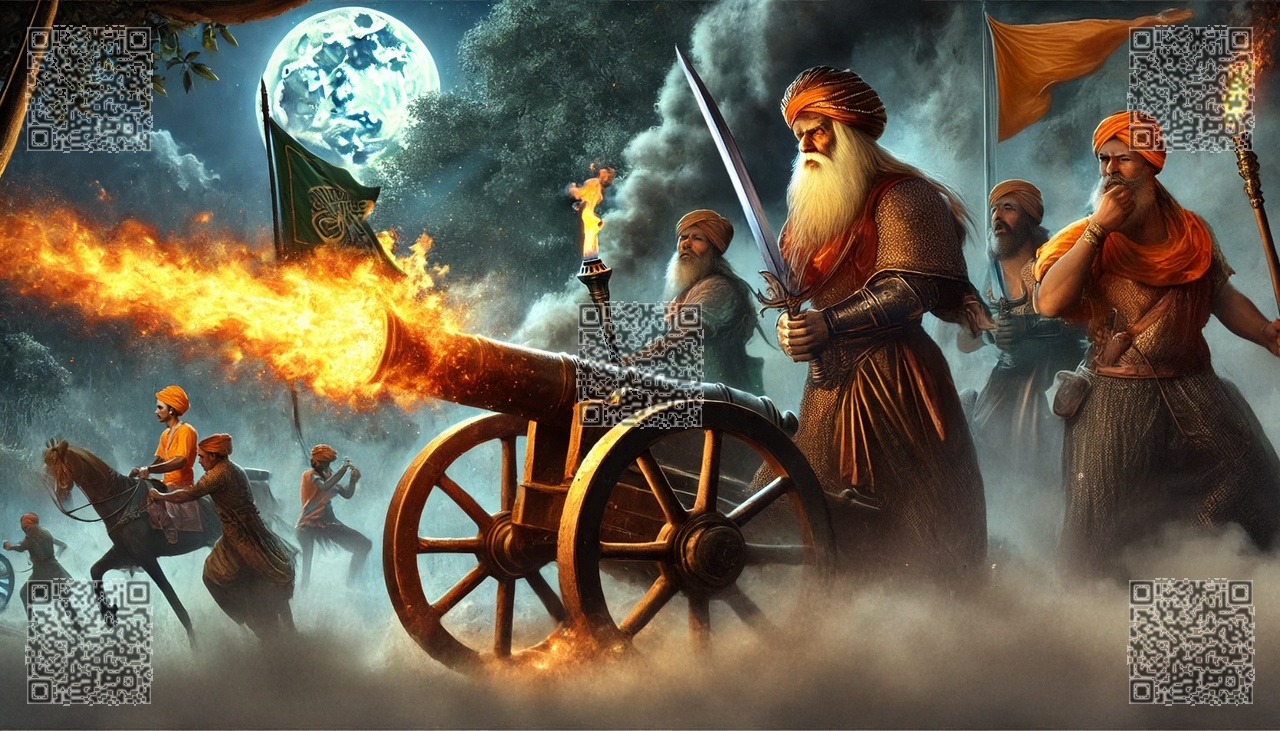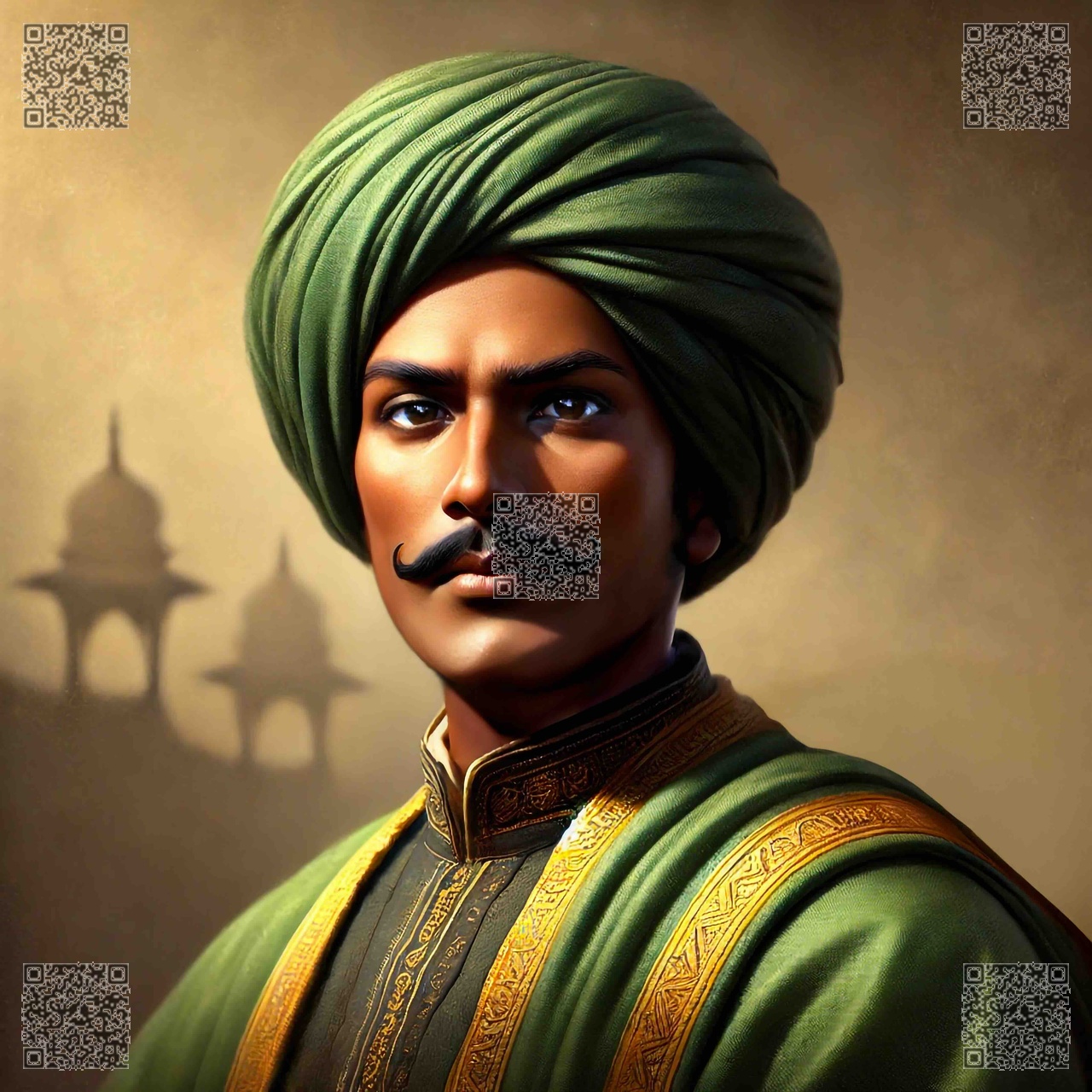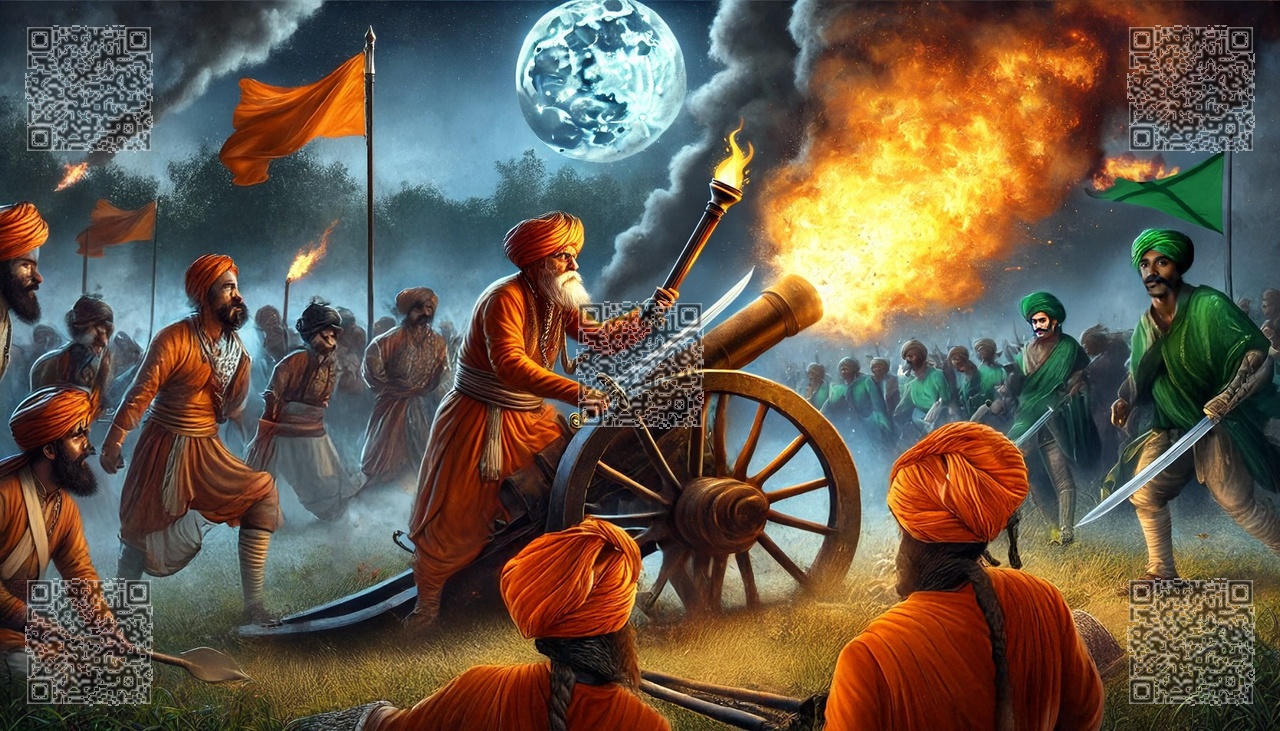In the late 18th century, South India stood as a battleground of cultures, empires, and ambitions. Among the many tales of valor and strategy that emerged from this era, none were as intriguing as the encounter between Alummoottil Channar, a lesser-known but tactically brilliant warrior from Kerala, and Tipu Sultan (Sulthan), the Tiger of Mysore.

This event, set against the backdrop of tropical Kerala, would come to highlight not just physical courage but also the genius of strategic planning and tactical execution.
Prelude to the Battle
Tipu Sultan’s expansionist policies had brought him to the borders of Travancore. As he marched south, his forces were met with resistance from the Nair warriors, known for their guerrilla tactics and intimate knowledge of the terrain. Alummoottil Channar, a chieftain of renown, was tasked with halting Tipu’s advance. Unlike the conventional forces Tipu was accustomed to defeating, Channar’s strength lay in asymmetrical warfare, a mastery of the land, and an uncanny ability to predict enemy movements.
Tipu, confident in his superior numbers and artillery, underestimated the resistance he would face. He planned a direct assault on Channar’s stronghold, located deep within the backwaters of Kerala. However, this confidence would prove to be his undoing.
The Strategic Setup
Channar, aware of Tipu’s advancing army, began his preparations months in advance. Recognizing the tactical disadvantages of engaging a larger, better-equipped force in open battle, he devised a strategy that would turn the geography of Kerala into his greatest ally. The key elements of Channar’s strategy were:

-
Control of Terrain: Channar knew the backwaters, narrow pathways, and dense forests of Kerala like the back of his hand. He had his men create a series of concealed canals and ambush points that would entrap Tipu’s forces into fatal funnels (targeted kill zones as in the mordern close quarter combat (CQC) doctrines).
-
Decoy and Deception: To mislead Tipu, Channar spread false intelligence that his forces were retreating deeper into the forests. Tipu, believing the deception, chose to pursue aggressively, leaving his supply lines vulnerable.
-
Logistical Disruption: Recognizing that Tipu’s army relied heavily on supply chains for food and ammunition, Channar deployed small, agile units to raid and disrupt these supplies. This strategy forced Tipu’s army into a state of attrition even before the battle began.
-
Use of the Backwaters: Channar utilized the natural waterways of Kerala for rapid troop movement and surprise attacks. His forces, adept at navigating the labyrinthine backwaters, could strike and disappear before Tipu’s forces could react.
The Battle Unfolds
The decisive encounter occurred near a small village flanked by dense forests on one side and a vast network of backwaters on the other. Tipu’s army, lured by Channar’s feigned retreat, found themselves navigating narrow paths where their numerical superiority was rendered ineffective.

On the eve of the battle, Channar’s men began their assault under the cover of darkness. Using lightweight, silent boats, they launched a series of hit-and-run attacks on Tipu’s forward units. These attacks, though minor in scale, sowed chaos and confusion within Tipu’s ranks.
At dawn, Tipu’s army attempted to regroup and press forward. However, they were met with a series of ingenious traps. Channar’s forces had dug pits camouflaged with leaves and set up hidden spikes along the pathways. As Tipu’s men advanced, they found themselves ensnared in these traps, their movements slowed and morale shaken.
Meanwhile, Channar’s main force, hidden in the forests, launched a coordinated assault on Tipu’s flanks. Archers rained arrows down from the treetops while swordsmen emerged from the undergrowth, striking with precision before retreating back into the forest. Tipu’s artillery, useless in the dense terrain, could not provide effective support.
The Turning Point

The battle reached its climax when Channar executed his masterstroke. Using the backwaters, he had secretly positioned a contingent of his best warriors behind Tipu’s lines. As Tipu’s forces struggled to advance against Channar’s ambushes, this contingent launched a surprise attack on his rear guard, effectively cutting off any chance of retreat.
Surrounded and disoriented, Tipu’s forces began to falter. Channar seized the opportunity to press his advantage, launching an all-out assault that broke Tipu’s lines. By evening, Tipu was forced to retreat, his army decimated and his ambitions of conquering Travancore thwarted.
Aftermath
The victory cemented Alummoottil Channar’s reputation as a master tactician. His ability to adapt to the strengths and weaknesses of his enemy, combined with his deep understanding of the terrain, had turned the tide against one of the most formidable military leaders of the time.
Tipu Sultan, though known for his resilience, never again attempted to advance into Travancore. The defeat not only weakened his forces but also damaged his aura of invincibility, inspiring other smaller kingdoms to resist his expansionist policies.

For the people of Kerala, Channar’s victory became a symbol of resistance and ingenuity. His strategic brilliance demonstrated that even a smaller force, when led with vision and intelligence, could triumph over a seemingly unstoppable adversary.
Lessons from the Battle
The encounter between Alummoottil Channar and Tipu Sultan remains a case study in the principles of tactical and strategic warfare. Key lessons include:
-
Asymmetrical Warfare: Channar’s use of guerrilla tactics and terrain manipulation highlights the effectiveness of asymmetrical warfare against a larger force.
-
Deception and Misdirection: By spreading false intelligence, Channar was able to manipulate Tipu’s movements, forcing him into a disadvantageous position.
-
Control of Logistics: Disrupting an enemy’s supply lines can be as effective as defeating them in direct combat.
-
Adaptability: Channar’s ability to adapt his tactics to the unique geography of Kerala was instrumental in his victory.
-
Unity and Morale: Channar’s leadership inspired his men to fight with unparalleled determination, even against a formidable adversary.
Conclusion
The battle between Alummoottil Channar and Tipu Sultan is a testament to the power of strategic thinking and tactical brilliance. It serves as a reminder that the outcome of a conflict is not determined solely by the size of the forces involved but by the ingenuity and leadership of those who command them. Channar’s triumph remains etched in the annals of history as a shining example of the enduring spirit of resistance and the art of war.



